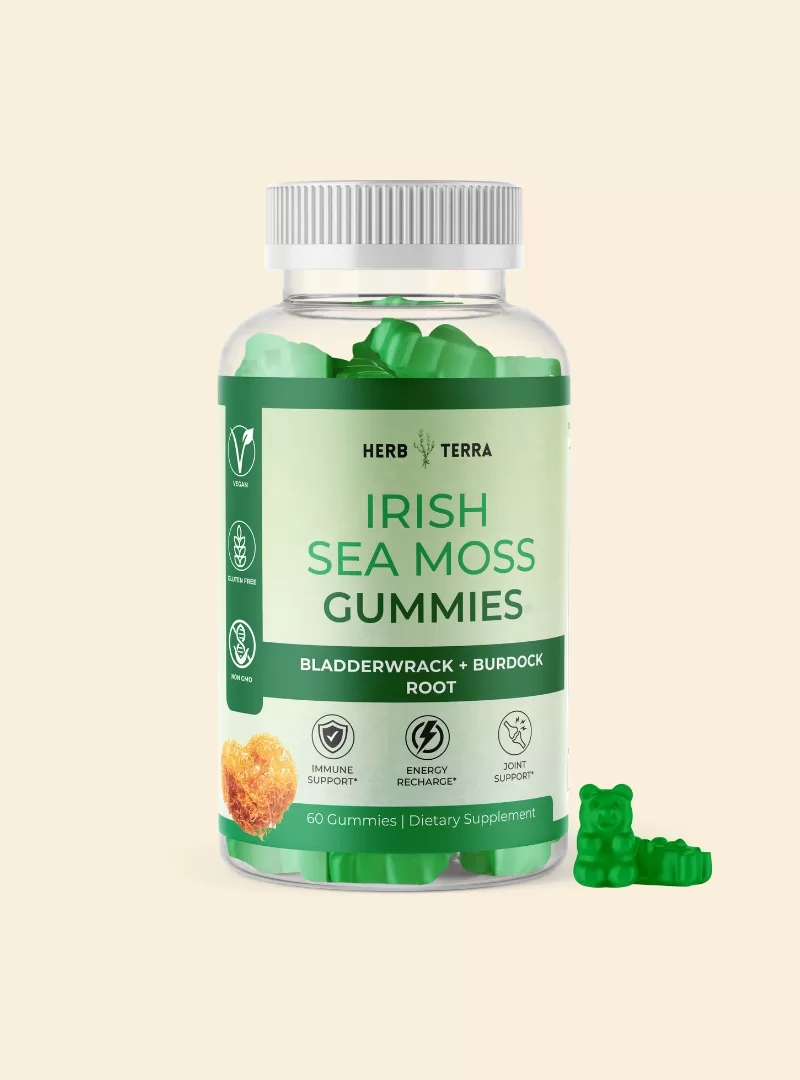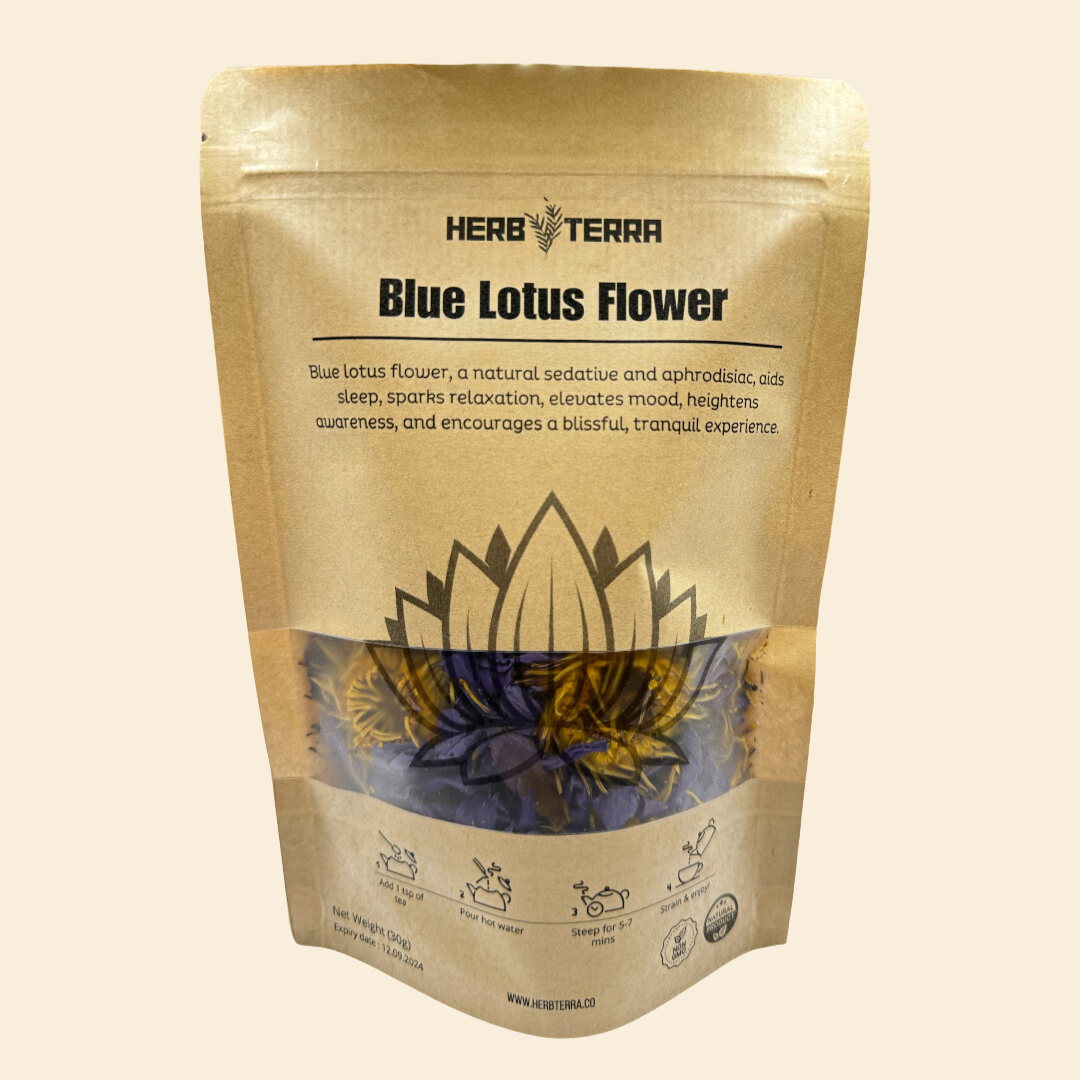History & Usage of Japanese Matcha
A Calm Moment in Every Cup
Introduction
Hello, tea enthusiast! Whether you’re a seasoned matcha lover or someone just dipping their toes into the vibrant green waters of this beverage, you’re in for a treat. Matcha is not just a drink; it’s a historical journey, a cultural treasure, and a modern-day delight. Let’s whisk our way through its rich tapestry together!
In this article:
The Birth of Matcha: Historical Roots
Distinguishing Ceremonial from Everyday Matcha
Modern-Day Embrace of Matcha
Matcha in Culture: Beyond the Drink
Conclusion
The Birth of Matcha: Historical Roots
Centuries ago, in the misty mountains of China, the first green tea leaves were ground into a fine powder. This powder journeyed to Japan with traveling monks, who cherished it for its ability to provide alertness during long meditation sessions. Over time, the Japanese elevated this simple tea powder into an art form—introducing us to what we now recognize as matcha.
Interested in other historical beverages? [Explore our library of ancient drinks here.]
Distinguishing Ceremonial from Everyday Matcha
Ceremonial Matcha:
Grade: Premium, top-tier.
Texture: Finely ground using traditional stone mills.
Taste: Delicate, sweet, and umami-rich.
Usage: Traditionally reserved for the Japanese tea ceremony known as “Chanoyu.” It’s the star of the show, typically whisked with water and consumed in its pure form.
Cultivation: Made from the youngest tea leaves, with stems and veins meticulously removed.
Everyday Matcha (or Culinary Matcha):
Grade: Good, but less refined.
Texture: Slightly coarser but still smooth.
Taste: More robust and can be slightly bitter.
Usage: Perfect for lattes, smoothies, baking, and cooking. It’s the versatile cousin of ceremonial matcha.
Cultivation: Made from leaves that are slightly older than those used for ceremonial grade.
Modern-Day Embrace of Matcha
With the wellness movement taking the world by storm, matcha has found a global audience. Here’s why:
Health Benefits: Packed with antioxidants, especially EGCG, which is known to boost metabolism and have a calming effect on the brain.
Caffeine Kick: Unlike the jolt from coffee, matcha provides a more gradual energy boost, thanks to the combination of caffeine and L-theanine.
External Link: [Tea Science Journal] – Dive deeper into the health benefits of matcha and other teas.
Matcha in Culture: Beyond the Drink
Matcha isn’t just limited to your tea bowl. Today, it has ventured into:
Cuisine: From matcha ice creams to matcha-infused dishes in gourmet restaurants.
Beauty: Recognized for its skin-soothing properties, it’s a popular ingredient in skincare products.
Art: The traditional Japanese tea ceremony is a meditative and aesthetic dance celebrating the beauty of matcha.
Conclusion
From ancient monks to contemporary chefs, matcha’s journey is a testament to its enduring allure. Whether you’re sipping it in its purest
form or enjoying a matcha-infused dessert, you’re partaking in a legacy of green gold that has spanned centuries.
Feeling inspired? Explore more about the world of teas, traditions, and tastes with us. Happy sipping!




































